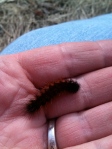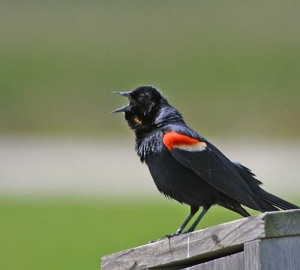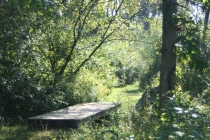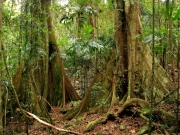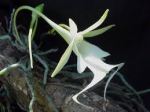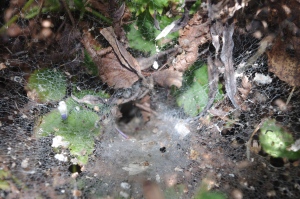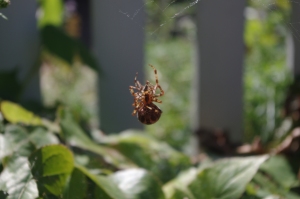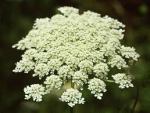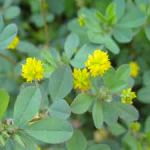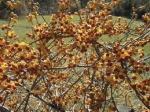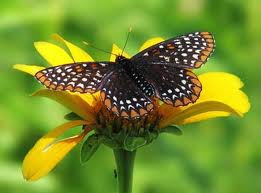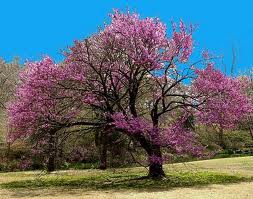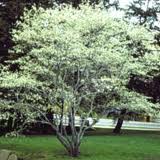I guess I should have realized that if I invested in fancy new lights, borrowed a cool and quiet generator and picked up a nifty pop-up white sheet contraption, it would rain on the night of my moth program, my favorite of the entire year. I’ve been the naturalist here at Hill-Stead for going on six years, and I’ve tried to offer programs that will excite, educate and entertain. And I’m shameless. I’d stand on my head in the center of Farmington, Ct (where we are located) if it would make people see how exquisite and vital nature is to us, and how much Hill-Stead offers in terms of natural beauty and value.
When I was a child I was scared senseless by moths. Something about their fluttery-ness, and their nighttime habit really blotted out all reason in me. It was terrible-a naked, irrational phobia. And of course I had only seen the brown and gray jobs (talk about fifty shades of gray!) my mother referred to as “millers”. “Don’t be afraid, its’ just a miller,” she’d say, as I freaked out. What the heck is a “miller” anyway?
But later, as I grew as a naturalist I read of fantastic moths, pink and yellow, green, purple-and so important to the ecosystem. I was hooked-and determined to get over my irrational horror. I bought a moderate set of UV lights, dragged a white sheet out of the closet and brewed up some sticky bait in a bucket. I pretty much try everything that I plan for the museum out in my backyard first, in case of glitches. It wasn’t easy. The moths fly around your head when you bend near the sheet to examine things and for a while I had to wear one of those big hats with a veil. But in time I didn’t mind the moths brushing against me, and I felt kind of honored to be part of their soft yet scaly world. I taught myself everything I could using the old books that were around, Covell and Holland and a few others. I watched moth websites carefully. To me, it is a hard subject-there are twice as many moth species as butterflies. And as our resources become better we are likely to discover others. There is quite a bit to remember. I don’t claim to be an expert, but I really want to spread enthusiasm about this wonderful topic. Moths are as vital to the pollination of plants as bees are, for example. But I don’t hear too many people extolling their virtues. Yet.
“Mothing” is growing in popularity these days, but it isn’t in the everyday vernacular right now. But National Moth Week is coming up soon,July 23-29 and I even have the T-shirt. People ask about it a lot (it has a really big silk moth silhouette on it) so it is a very good ambassador for the whole subject. Since my official Hill-Stead Moth Event was rained out, I’ve changed my plan for participating. I’m having a “Celebrate the Diversity of Life” party at my house. I’m putting up my lights and calling my friends on Wednesday July 25 from sundown until I can’t stand it anymore. You can come too if you want. Just contact the museum and they’ll put you in touch with me. Just don’t freak out when the moths. You can borrow my hat with the veil.
See you on the trails,
Diane Tucker, Estate Naturalist

